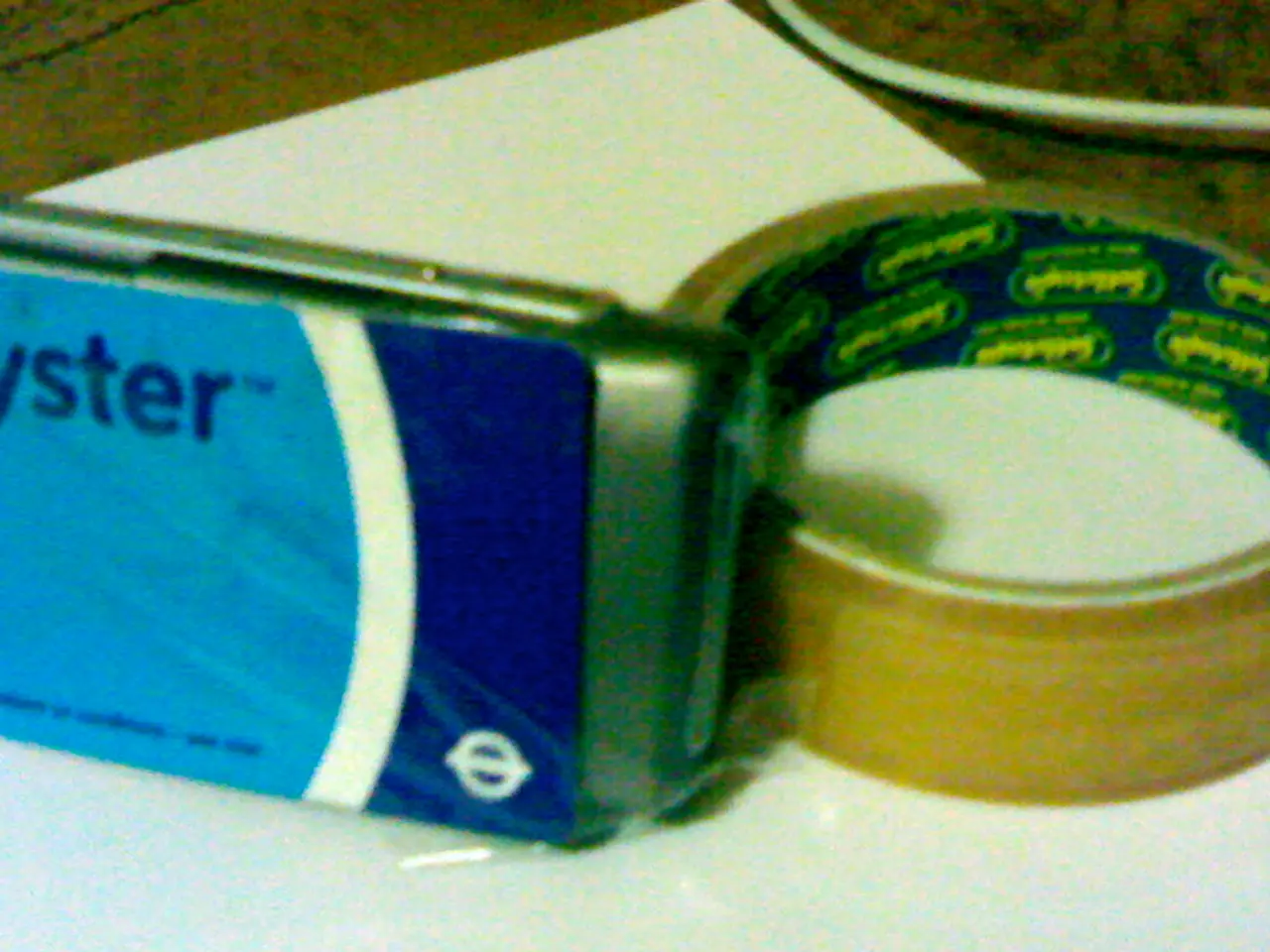KT Tape: A Popular Sports Injury Tool, But Not a Standalone Solution
KT tape, an elastic therapeutic bandage, has gained popularity in treating sports injuries and enhancing athletic performance. Invented by Japanese doctor Kenzo Kase in the 1970s, it's now widely used by physical therapists. However, it's not a standalone solution and should be part of a broader recovery program.
KT tape, also known as Kinesio Taping, is made of elastic cotton with an acrylic adhesive. It provides temporary relief for sore joints, lasting a few hours to a day. Dr. Kase discovered its therapeutic benefits in the late 1970s and began marketing it in the early 1980s. He founded Kinesio USA in 1984 to spread his innovation worldwide.
While KT tape can support muscles and tendons, reducing stress on joints and swelling, its long-term benefits are unproven. It's unlikely to improve athletic performance or aid recovery from serious injuries. Research shows it may help relieve chronic musculoskeletal pain, but it's not more effective than other treatments. Therefore, it should be used as part of a comprehensive program that includes rest, stretching, recovery, and sometimes physical therapy.
KT tape, invented by Dr. Kenzo Kase, offers temporary relief for sore joints and supports muscles and tendons. While it's popular among athletes and physical therapists, it's not a standalone solution. To effectively treat sports injuries and enhance performance, it should be used as part of a broader recovery program.
Read also:
- Youngkin Aims to Transform Rural Health, Faces Medicaid Criticism
- Rajouri Authorities Close Pesticide Stores After 17 Die in Mystery Illness
- Smithsonian Team Reveals Faces of Pre-Hispanic Colombians After Centuries
- Virginia Giuffre, Epstein Survivor, Dies by Suicide: Trafficking Survivors Need Long-Term Support




